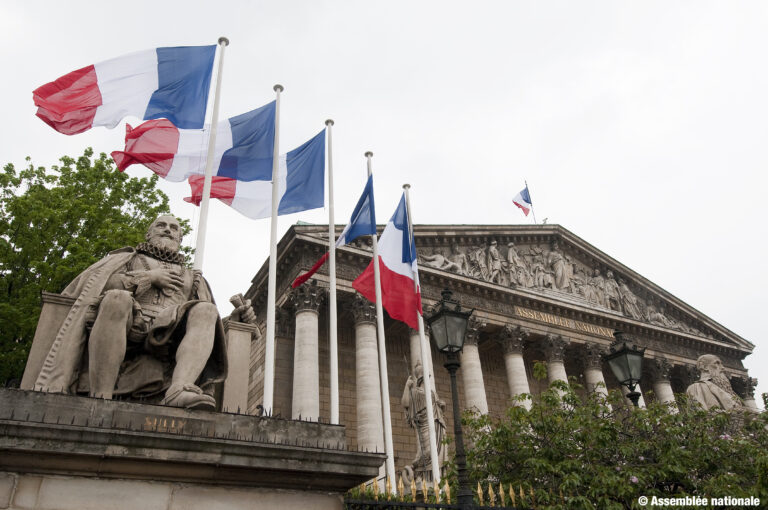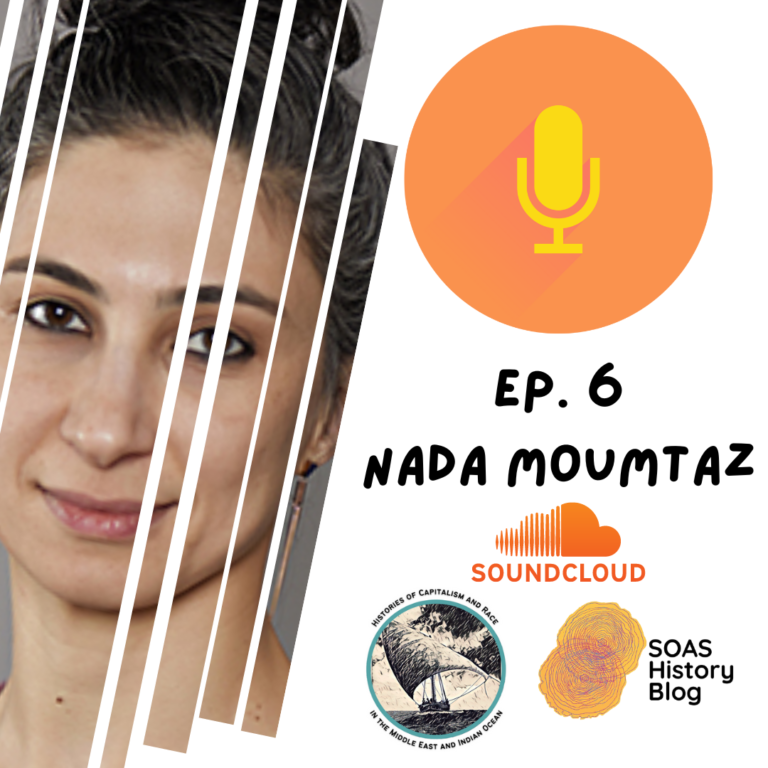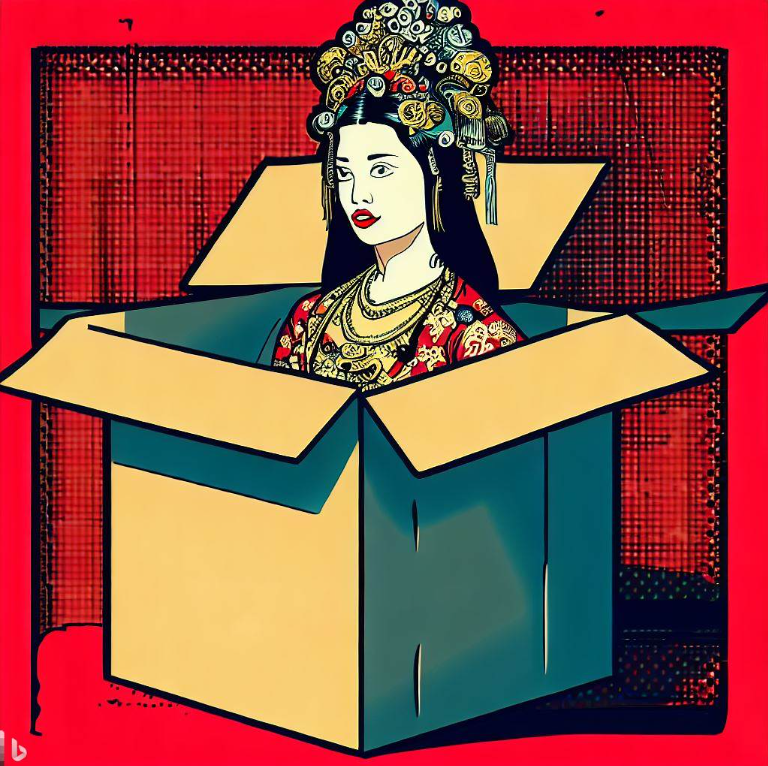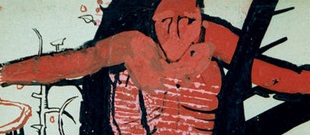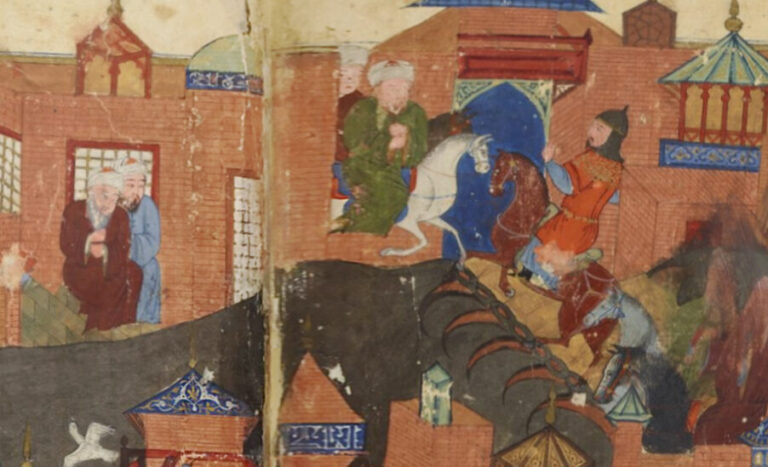The Hijab Ban in Karnataka
by Omer Haq
CW: Discussion of anti-Muslim actions
In an exercise in self-reflection, I recognize my position as an educated and practicing Indian Muslim from the state of Karnataka before moving on to the article. I oppose the hijab ban, but I maintain that Muslim women should have the liberty to dress as they see fit. I also recognise that hijab isn’t always a choice for female Muslim students, and that it can be a result of social conditioning.
Contemporary Context
There was a tremendous outcry in the southern state of Karnataka’s coastal region in March and April 2022, when female students wearing hijab were not allowed to enter their classrooms. Hijab, a scarf worn around their neck and head, had become a symbol that drew both attention and criticism. The ban on wearing the hijab in schools and colleges was eventually upheld by the High Court of Karnataka after a long legal battle between students and the institution management. This article is an exercise in historical contextualisation, which offers a more nuanced view of the communities involved in this significant legal action.
The sitting MP (BJP) of my home district Mysore in Karnataka, Mr Pratap Simha, said recently in a press conference:
If you want to wear Hijab, burka, traditional Muslim pants, wear them and go to madrassas. If you (Muslims) want everything according to your whims, you should have gone to another country carved out in 1947. Since you chose to stay back, you have to respect the culture of the land. To those who question worshipping of Saraswathi, Ganesh and wearing of bangles and vermillion (forehead marks), this is not British India. This is Bharat. The basic foundation of this land is Hinduism. We are not asking permission to wear vermillion bangles in Mecca, Madina or Jerusalem.
The city of Udupi in the coastal part of Karnataka in southwest India has gained a reputation as a metaphorical laboratory for right-wing Hindu cultural experiments. The Hindu Yuva Sena, Bajrang Dal, Ram Sene and Hindu vigilante groups have carried out public attacks of Muslims suspected of smuggling cows for ‘love jihad‘. Both Hindu and Muslim women have become subjects of male ‘protectionism’.
An Historical Contextualisation
It is important to recognise that tensions between Hindus and Muslims have not always been like this. During the late eighteenth and early nineteenth century, when the Saraswat Brahmins of the region began to consolidate themselves as a group, they did not seek to ‘other’ Muslims, but instead to devise a response to the projects of the Christian missionary society in the region, the Basel Mission. The threat of religious conversion put Saraswat families on the defensive, and ultimately pushed them into Kanara’s first organised political mobilisation-a campaign for the establishment of a government school at Mangalore. The fall of feudal systems after land reforms in the 1970s led to a political vacuum in the region, creating a crisis of identity among the population. During the Anti-Colonial movement of the 1920s-1940s, Kannada Nationalism became the fulcrum of the political mobilisation. The Bhramanical ethos and order served the social and cultural needs in maintaining caste hierarchies needed for a semi-feudal, post-independence Karnataka. The pride and prestige of the dominant castes and their role in nation building was articulated in a Brahmanical idiom. Such embedded unconscious Hindutva (Hindu nationalism) was prevalent as a common sense in socio-political life up until the 1980s.
Unlike much of Northern India, communal disputes in coastal Karnataka did not begin with the founding of Pakistan or the politicised divide of Hindus and Muslims during India’s independence. Which is why perhaps that early bhramanical political articulation did not have much anti-Muslim content. Muslims in the coastal region of Karnataka have long stood out from the rest of the region since they were not only powerful due to population size but also economically self-sufficient. Many people believe that economic disparity naturally caused dissatisfaction, which then was channeled into hostility towards Muslims. However, this was not always the case; until the rise of Hindutva politics in the 1990s, coastal Karnataka’s economic hierarchy did not pose a danger to communal harmony. Not only was there community cohesion and interaction between the two communities, but they were also economically dependent on one another. Fishermen and the working class were predominantly Hindus, whilst traders and buyers were majority Muslim.

The strip of land which is coastal Karnataka had previously flourished with cultural practices of Hindus and Muslims flowing back and forth between varying communities. Dargahs attracted interfaith crowds. The Muslim Bearys, the local merchant community that thrived in coastal Karnataka, had inhabited the land for more than fifteen centuries. Caste and other local identities among the brahmins and non brahmin sects fueled skirmishes among themselves in South Canara’s social hierarchy. The rise of the political Hindutva over the past three decades captured the imaginations of the local Hindu population, succeeded in introducing an enemy within, the economically powerful Muslim Bearys. The aim was to consolidate and synchronise the ‘Hindu’ as ultimately that which is not Muslim. To aid the operations of these groups such as VHP, Bajrang Dal, and Hindu Yuva Sene, new strategies were created. Love jihad, guraksha (Cow protection), would go on to become a template for the national Hindutva franchise. Under BJP-ruled India, Muslims have found their religious practice under constant attack. For instance, there has been a steady increase in incidents involving Friday prayers offered by the Muslims in Gurgaon. Slaughter of cows has been banned in Karnataka through legislation targeted at Muslims sacrificing cattle during the Bakr -e- Eid.
In 1992 the national programme of re-building the Ram Mandir (Lord Rama’s Temple commemorating his birth place) in Ayodhya, spearheaded by the Vishwa Hindu Parishad, turned into a significant social movement, with the BJP (Bharatiya Janata Party) lending political weight to it. While most of the South Indian states remained comparatively unaffected by the politics of the Hindi belt, the VHP (lit. Universal Hindu Council) tramped into Karnataka on the ground laid by another Hindu-nationalist outfit, the RSS (lit. ’National Volunteer Organisation’ ). The support for the movement in Karnataka was headed by a conflicting figure, the seer of Ashtha Mutt in Udupi. It can be argued that much of the communal identity among Hindus of the region that we witness today developed in time as synonymous with the region’s (coastal Karnataka’s) projected identity. There was a tug between an ‘indigenous’ and ‘imported’ culture while constructing a larger national religious narrative for the Hindus. This lead to what may be considered a mass anti-Muslim hysteria in the local consciousness

The 2022 Hijab Ban

In early January 2022, both male and female Hindu students began to turn out in groups to protest against their Muslim classmates wearing hijab in colleges. In the district of Mandya, a mob of male Hindu students adorned with saffron shawls surrounded a Muslim girl wearing hijab, shouting ‘Jai Shree Ram’ (Hail Lord Ram) repeatedly at her. The girl stood her ground and shouted ‘Allah hu Akbar‘ (Allah is Great) in response as she was being escorted away by the college faculty. The incident was captured on camera and immediately went viral across the world. Images and caricatures of the incident were widely shared across the globe.
The Southern Indian state of Karnataka is fuming with communal tensions among Hindus and Muslims, with the recent controversies surrounding Muslim girls wearing headscarves (hijab) in educational institutions. This particular incident erupted when female Muslim students of the government-run pre-university college of Udupi were asked to remove their headscarves before entering the classroom. Six girls began showing their dissent and protesting against such demands. What unfolded were a series of protests and counter-protests. The issue was soon brought to the Karnataka High Court, where a three-judge bench was constituted to hear the case. The Karnataka High Court recently pronounced its verdict, upholding the ban, and ruled that the hijab was not an essential practice of Islam. The Judgement is now being challenged in the Supreme Court of India.
The institutions imposing the ban argue that such steps became necessary to guard the principle of secularism in educational institutions. Critics say that such a ban is a violation of Art 25 (1) of the Indian Constitution, which grants Indian citizens freedom of conscience and the right to freely profess, practise and propagate religion, subject to public order, morality and health. The ban is being called unconstitutional and illegal as the headscarf does not by any means come into conflict with public order, morality, or health. The court’s interim order asked students not to wear hijab to classes. In the verdict of the Shirur Mutt Case of 1954, the Court had established that Art.25 will cover all rituals and practices that are ‘integral to the religion’. The test to confirm whether a ritual or a practice is integral to a religion or not is based on whether or not the practice is ‘essential’ to the faithful. The implementation of this precedence can be seen in the IAF ( Indian Air Force) Muslim Airman case of 2016, where a three-judge bench of the Supreme Court upheld the discharge of a Muslim airman for keeping a beard. The Muslim airman argued that he should be allowed to keep his beard as he was free to practice his faith, guaranteed by Art 25. However, as it wasn’t proven to be an essential practice for a Muslim to keep a beard, the verdict favoured the IAF.
In the case of Fathima Tasneem v. the State of Kerala (2018), involving two girls aged twelve and eight, similar arguments were made. The father who represented the girls and wanted his daughters to wear a headscarf and full sleeves, referred to the right to freely practise religion as granted in Art 25 of the Constitution. The Court, however, held that individual rights could not be held against the more extensive right of the institution. Unfortunately, the case was not further examined nor escalated as the girls dropped out of school following the judgement. Meanwhile, the Attorney General of Karnataka, arguing on behalf of the hijab ban, has ruled that the hijab was not an essential part of their religious practice, forming an irrevocable act of faith for Muslims. Hence the government or the College Development Committee(CDC) has the authority to ban hijab in lieu of maintaining ‘uniform identity’ and a ‘secular outlook’ in educational institutions.
This brings us to the impact such a decision might have on the education of girls in the Muslim community. According to the 2011 census, the female literacy rate among Muslims was about 52%, among the lowest in the country. Impediments and disturbances such as these are bound to have huge repercussions on Muslim girls pursuing an education. Recently the Karnataka Government denied student protestors opportunity to sit their class 12 exams. Educationalists and other social activists have argued that the targeting of Muslim girls at educational institutions and not allowing them to practice the headscarf will undermine the participation of these girls in pursuing their education. These groups have shown growing concerns about the potential dropouts of Muslim girls from colleges and higher education institutions on a significant scale should their chosen religious practices be curbed or banned.
There has been an outcry about how the institution of hijab is largely a product of social conditioning among middle class Muslims of India and that such a symbol of patriarchy should be struck down, raising legitimate concerns for female education and development in the country. While these arguments occupy the imagination of the public, the actions of the CDCs and the government are highly communally motivated. These debates about the hijab are not about the hijab itself. Preservation of uniforms under the pretext of uniform identity is being made a greater priority over the needs of female education rights among Muslims in India. This is not just about uniform identity and maintaining the principle of secularism within the institution; it is also about how a Muslim woman is imagined as a ‘victim’ by the men of religion.
The hijab, however, is not the only religious symbol that is prominent in educational institutions. Many students have carried visible and distinguishable marks of their respective faiths, including the majoritarian community. Hindu religious festivals are celebrated with much pomp and show in these institutions, while prayers sometimes are carried out at the expense of the institutions themselves. The same accommodations are largely not made for Islamic holy days. The hijab ban then seems clearly a blatant attack on Muslim identity by the right-wing government which seeks to coerce and intimidate the Muslims of the country.
With the BJP forming both the state and central governments of Karnataka and India, right-wing vigilante groups have been given free reign by authorities. With the social-political polarisation of Karnataka and what the Hindus believe to be the ‘appeasement’ politics of the Congress in the past seven decades, Muslims have now found themselves and their identities in conflict under the BJP. The programs conducted by the RSS and allies continue to evoke the religious pride of the Hindus while appropriating local cultural symbols, but now the symbols of the ‘others’ (read Muslims and Christians) have found themselves constantly under attack.
Conclusion
India, and particularly Karnataka, has a long history of Hindus and Muslims coexisting together for the most part. Untangling the delicate confluence of Hindu and Muslim identities is difficult, if not impossible. The rise of Hindutva politics and the desire for communal assertiveness in the rest of India has had an impact on and produced ripples in southern Indian politics. Communities that once coexisted in peace and tolerance are now pitted against one another with hostility. The wider reverberations of India’s national Hindutva politics have now come to dominate local politics and community narratives in polarised and deeply divided regions. As a result of the emergence of such narratives, issues such as the hijab ban have emerged, which were not previously a concern. Before, girls and women were free to wear hijabs not only in schools, but also in offices and other public places. Issues like hijab, prayers, food and much more have been an increasing target of anger, animosity, and systematic attack as the ruling government’s polarising approach and antagonism toward dealing with minorities, particularly Muslims, has grown. In this way the complexity of coastal Karnataka identity has been falsely constructed to be an homegenous Hindu majority versus an homogenous Muslim minority. This false dichotomy is not reflected in the historical reality, and is instead a concerted political effort contemporaneous with the rise of right-wing politics.

Omer Haq
he/him
Omer is an international Master’s student of History at SOAS and a graduate of the University of Mysore, India. He runs a podcasting studio and hosts podcasts on Indian colonial history and Islamic Studies. He studies and observes nation-building projects of India in areas of law, education and reform influenced by the colonial narrative of communal politics in the subcontinent.
Twitter: OmerIbnHaq
Website: Ergo Studios
SOAS History Blog, Department of History, Religions and Philosophy, SOAS University of London

